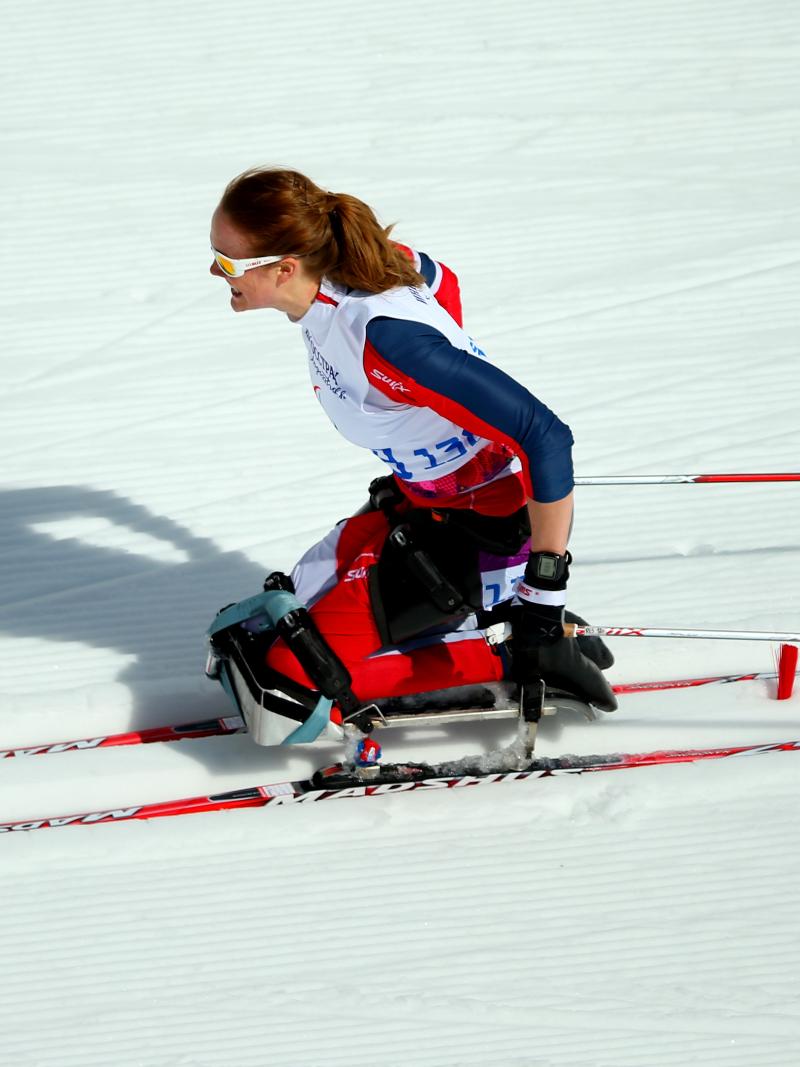Para rowing: 5 things learned in 2017
New race distance dominates developments at start of Paralympic cycle 08 Jan 2018
The year 2017 was a transitional year for the sport, with many athletes having to adapt to the new race distance. Despite the changes, some athletes stood out, and the year also saw development across the world. Here is a look back at what was learned ahead of a new Paralympic cycle toward Tokyo 2020:
1. New crew, same dominance
Following Rio 2016 gold, Great Britain’s Grace Clough and James Fox continued their success in 2017, despite various changes. The British PR3 Mix4+ team saw two new crew members, a new coaching staff, as well as new race distance of 2,000m. But they still retained their world title. Clough and Fox were the only two athletes at the World Championships in Sarasota-Bradenton, USA, to follow up their Paralympic gold with a world title.
2. Adjusting to new race distance will take time
In an effort to integrate Para rowing with able-bodied events, World Rowing announced in March 2017 that the Para rowing distance would double to 2000m.
Para athletes got their first major test over the new distance at the Gavirate International Regatta in May. That was followed by the World Rowing Cup II, in Poznan, Poland in June, and then the 2017 World Rowing Championships, in September. With athletes taking breaks post-Paralympics or nursing injuries, and new names emerging, it made for a season of more mixed results than previous events held over 1,000m. Certainly, it showed adjusting the muscles and mentality to a longer distance is not easy.
3. Skarstein stays strong
Norwegian Birgit Skarstein was among the few to quickly adapt to the new distance, and her stamina and strength from Nordic skiing certainly played a role.
She won the PR1 W1x gold medal at the 2017 World Championships, her second world title and her first since 2014. Skarstein finished six seconds ahead of Israel’s Moran Samuel, who had edged Skarstein off the podium to claim bronze at Rio 2016. The Norwegian’s achievements earned her the 2017 World Rowing Para Crew Of The Year award. After the PyeongChang 2018 Paralympic Winter Games in March, expect to see more of Skarstein in the water.
4. Spread in medals
The medal table from the 2017 World Rowing Championships was different to that of the Rio 2016 Paralympics. Great Britain won three out of four events in Rio 2016, whereas at the 2017 Worlds, four countries, namely Australia, Great Britain, the Netherlands and Norway, took the top honours. A total of 11 countries claimed medals at the 2017 World Championships, three more than Rio 2016.
Hosts USA emerged as new contenders, fighting for gold against reigning world and Paralympic champion Great Britain in PR3 Mix4+. Their effort was not enough for the title, but their silver was the USA’s only medal.
5. Continuing development
2017 saw the first Para rowing event held at the annual South American Rowing Championships in Brasilia, Brazil. Brazil and Argentina were the two participating countries with Brazil proving to be the stronger nation, grabbing all three gold medals in all three events.
Two months before the 2017 Worlds, the US held a training camp for the Americas that attracted seven countries, with hopes of including the sport in the Santiago 2023 Parapan American Games.
The Oceania region saw Vanuatu produce their first Para rowing athlete in George Langa, who had an opportunity to test at his first regatta during the Sydney International.

 Facebook
Facebook
 Instagram
Instagram
 Twitter
Twitter
 Youtube
Youtube
 TikTok
TikTok
 Newsletter Subscribe
Newsletter Subscribe





